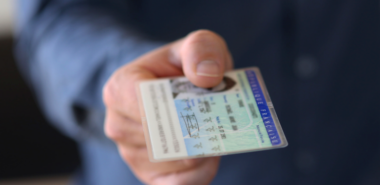As Facebook turned ten years old today, it occurred to me that one out of every six people on the planet now has a Facebook profile. Facebook is now reported to have more than 1.2 billion users out of the world’s 7.2 billion people. This achievement is stunning, particularly when one considers that this ‘social network’ was originally created purely for the student population of Harvard University.
This figure of 1.2 billion looks likely to continue growing. As Mark Zuckerberg stated this morning:
“Today, only one-third of the world’s population has access to the internet. In the next decade, we have the opportunity and the responsibility to connect the other two-thirds.”
However, as exciting as it is to speculate on the future of Facebook, it’s crucial we also recognize what’s changed since 2004.
Facebook has become a fantastic tool for sharing news, photos, feelings and thoughts; but, like other internet giants which emerged in the ‘Web 2.0’boom, it has also been the source of some security concerns. With unprecedented amounts of personal information being shared and uploaded every second of every day, Facebook posed new questions over privacy and identity fraud. So in the last ten years, how has Facebook evolved from a security and authentication perspective?
Facebook began by limiting access to only certain universities. They did this by only allowing people to sign in with an accredited email from that academic institution. In addition to offering members a (small) degree of security, this also gave Facebook an air of exclusivity which helped to drive interest.
Since then, their response to the security needs of an exponentially growing userbase has been impressive and innovative. Photo recognition testing is now in place for those who attempt to login when abroad. Furthermore, other authentication innovations brought in during 2010 included notification of unauthorized password changes whereby a user is informed when a password is changed and checks to ensure this was done knowingly.
Later, in 2011, two-factor authentication was introduced in conjunction with improved HTTPS support. Codes are now required whenever you log in from a new device, which is appropriate given that over 48% of Facebook users are now mobile only. We here at Gemalto even played our part in making Facebook secure and accessible by developing our Facebook for SIM solution in 2011.
This feature will be part of our key business topics on display at the upcoming Mobile World Congress, where we’ll be exhibiting a range of mobile solutions for an expanding world. The Internet of Things, Mobile Connectivity, Mobile Security and Mobile Commerce will be the four main areas of focus, with Facebook for SIM being part of our Mobile Connectivity range.
The ever-growing influence of Facebook will be clear to see at MWC, especially as Mark Zuckerberg will be a keynote speaker on Monday 24th February in Barcelona. Someday, one out of every six people might become six out of six people, and it’s not too difficult to imagine a world where nearly everyone is on Facebook. Do you agree? Let us know what you think by leaving us comment in the section below… Or get in touch on our Facebook page. (You must have seen that coming, right?)


